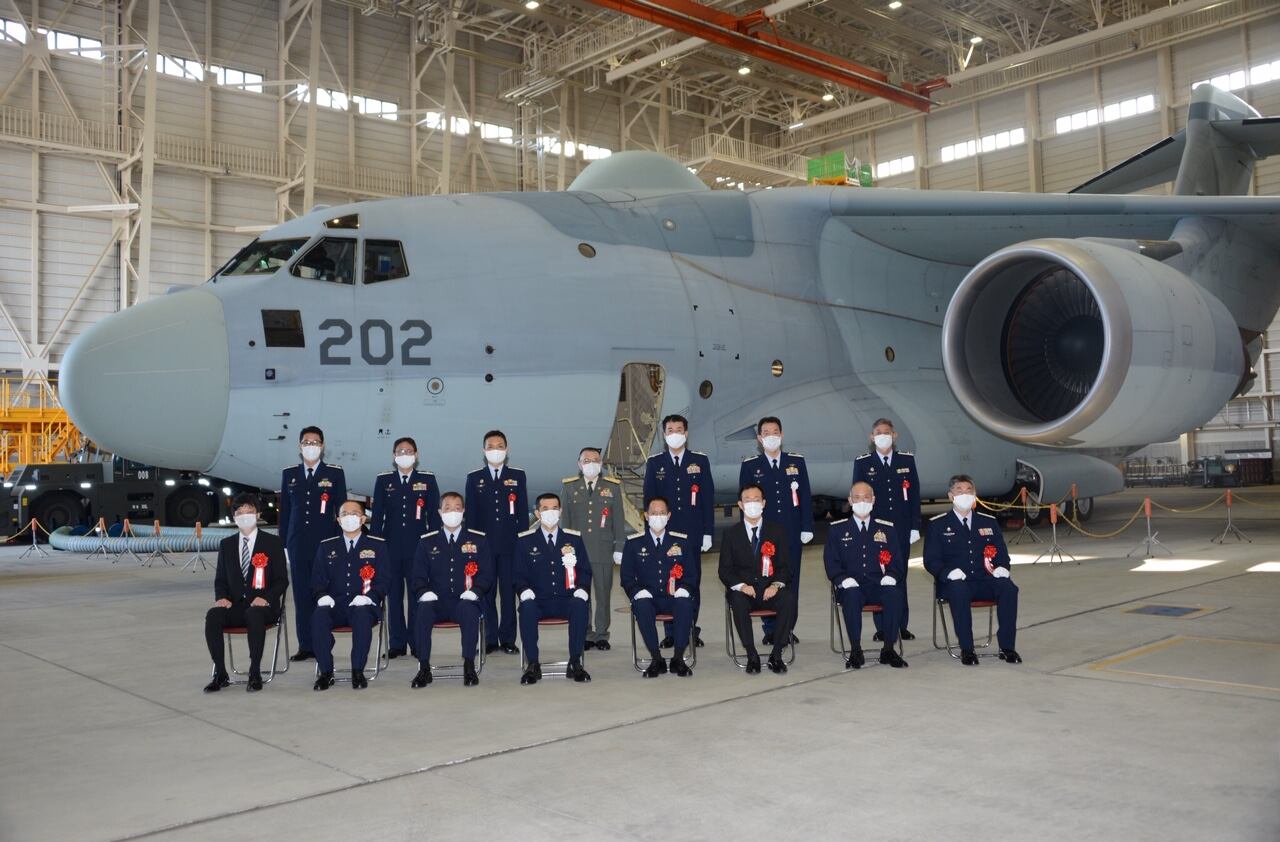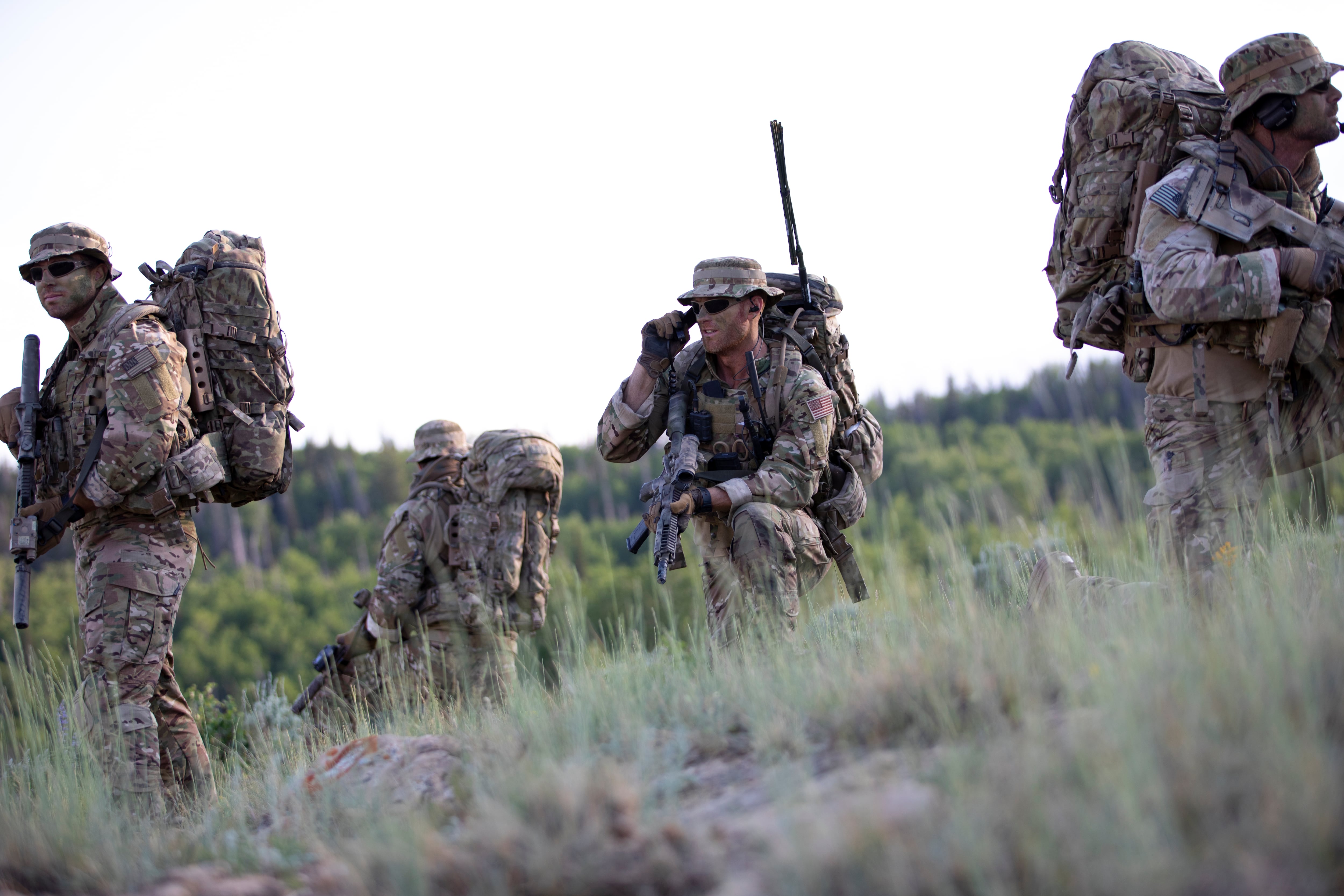Do you get frustrated every time your cellphone loses reception, when a video loads slowly or a Zoom call drops? Now imagine you’re part of the Marine Tactical Air Control Party and the ground commander has just requested direct air support, but your voice and data circuits aren’t functioning. How much does this loss in communications affect the battlespace? And, equally importantly, how do you inform the command element about this degradation in communications?
The electromagnetic spectrum, or EMS, enables all of these interactions. Broadly speaking, almost anything that transmits or receives a signal wirelessly travels via the EMS, which means that essential war-fighting functions — including command and control, electronic warfare, and certain weapons systems — rely on the EMS for success.
As Joint Doctrine Note 3-16 explains, the “joint force is critically dependent on the electromagnetic spectrum (EMS) across all joint functions and domains.” The EMS workforce — service members, civilians, and contractors — is thus critically important to the [Department of Defense]."
RELATED

This is where a problem emerges: The EMS workforce, specifically the civilian workforce, does not receive prioritization or resources like other communities, such as cyber. Based off JDN 3-16 alone, which states that in order “to prevail in the next conflict, a joint force must win the fight for EMS superiority,” one would think that the EMS workforce would be fully staffed with a robust recruitment, retention and training pipeline. Yet this is not reality when it comes to EMS. As the world and our systems (including weapons) become more dependent upon the EMS, the DoD must consider how to increase the health of this workforce.
The civilian EMS workforce should be treated exceptionally because it suffers from a number of problems: limited visibility of job postings, a difficult hiring process, and competition from the private sector offering significantly higher salaries and better benefits. Additionally, the civilian EMS workforce supports a variety of EMS-related tasks, which range from tactical-like support to the war fighter, international work at forums like the World Radio Conference (a global governance meeting for use of “the radio-frequency spectrum and the geostationary-satellite and non-geostationary-satellite orbits”), and all levels in between, such as spectrum management.
Each task requires a different set of skills and experiences, which narrows the hiring pool of qualified applicants. Moreover, much of the learning required for these tasks happens on the job because there is no EMS degree offered by universities or vocational schools. As a result, once someone becomes trained and proficient in this work, that individual becomes a hot commodity who can (and often does) move around within the small EMS community.
Another problem is poaching of EMS workers — a common practice by all employers in this field simply because there are so few qualified applicants, and demand for their valuable skills is extraordinarily high. These factors combine to create a workforce that is often understaffed and overtasked.
Thus we have a key war-fighting area — the EMS and all the functions it supports — and a civilian workforce not only struggling to hire the right people but also to retain experienced staff. Three key actions could help to address these problems.
First, the DoD can take a page from NASA, which has developed an active and targeted recruiting pipeline at universities. The Spectrum Education Awareness initiative includes a future workforce development effort that provides student internship opportunities in spectrum work, spectrum management presentations to IEEE/AIAA student chapters at universities, and NASA participation at college job fairs.
Second, retention in this type of civil service career will likely require someone already predisposed to valuing “the mission” of the work above most other benefits. However, the government has found ways to recruit and improve its cyber workforce using special rates, relocation/retention incentives, and student loan repayment options; similar types of incentives should be considered for the EMS workforce.
Finally, a less tangible but equally important solution is to further educate DoD senior leaders on the importance of this cadre of civilians. Most high-ranking officials probably understand the criticality of the EMS, but few likely know the extent of the current and future projected workforce challenges. These leaders are the decision-makers, so increasing their situational awareness will drive the resources and buy-in necessary to address this problem.
EMS work is a field where the user often presumes everything is working just fine. It is only the failures that make headlines, not the quiet, everyday successes that underpin and enable so many of our everyday interactions. As the world becomes more connected and the EMS even more congested, we must champion our EMS workers, ensuring a healthy recruitment and retention pipeline supports this workforce so that we can not only continue enjoying modern-day necessities like telework but also be prepared for a congested and potentially contested EMS battlespace.
Kelly J. Diaz is an operations research analyst for CNA Corporation.








